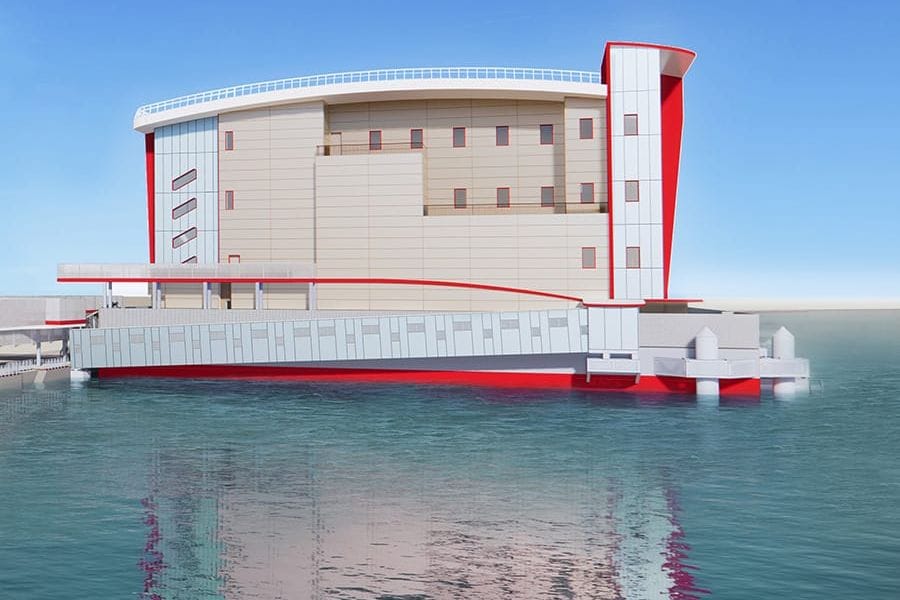Why we need to build more sustainable data centres
And three considerations to watch out for.

The world is rushing headlong to build more and bigger data centres, buoyed by the explosive growth of generative AI and cloud computing. And this is happening not just in faraway regions, but also here in Asia.
In Malaysia over the last two weeks, Vantage Data Centres held the groundbreaking for its massive 275MW data centre campus. This came just days after AirTrunk launched the first phase of its 150MW campus and followed on the heels of Equinix’s acquisition of land for its third data centre in Malaysia, which by its land area could be twice as large as its first two data centres combined.
Now imagine this playing out in many of the top data centre markets globally, and one begins to appreciate the enormity of the data centre buildup. As we build ever-larger data centres, what of their electricity consumption and environmental impact? Crucially, how must we build the data centres of the future if we want to preserve our planet?

Sustainability is a challenge for all
We all know data centres consume massive amounts of electricity. But did you know that data centres need immense quantities of water too? Even industry observers don’t know how much water data centres use on average since it’s not universally tracked. We do know it is a lot, though, and is increasing in tandem with larger data centres.
Moreover, modern data centres are much larger than before. When I first started writing about data centres a decade ago, data centres of 10MW were a rarity. New data centres are often 10 times this size – or more. In addition, while data centres often did not utilise their full capacity in the past, you can be sure a 50MW hyperscale facility by a public cloud giant today will utilise close to its rated figure.
What I'm saying is this: The limitations faced by mature data centre markets such as Singapore aren't unique. Increasingly, other markets and regions will encounter these constraints. Indeed, some communities have even started pushing back against data centres in the face of droughts and overstretched power grids.
Taken together, it means that we need to pay a lot more attention to sustainability; the industry must innovate and adopt more sustainable practices to mitigate the environmental impact of data centres.

Building resource-efficient data centres
As we endeavour to build more resource-efficient data centres, here are three considerations to bear in mind.
- Tailored design
There is no "perfect" data centre design. How data centres are used varies dramatically from cloud hyperscalers, AI startups, or enterprise firms. This means there is no one design that can meet everyone's needs. And while AI workloads will feature heavily in the days ahead, standard IT systems will remain a mainstay in the foreseeable future.
With this in mind, building the most sustainable data centre will necessitate exploring options around not just liquid cooling, but more efficient ways of air-cooling as well. The best data centres are those that are deftly tailored to specific workloads and climate conditions, not merely built to generic specifications.
- Industry cooperation
The industry can certainly do more to share insights and expertise to improve data centre design. This week, I spoke with a data centre veteran who observed that many in the industry still try to maintain a veil of secrecy as a form of competitive advantage.
With only one planet, we must do more to cooperate and build more sustainable data centres as an industry. After all, a rising tide lifts all boats. And when it comes to sustainability, we either win – or lose – together.
- An ecosystem approach
Even if data centre operators collaborate, they'll only achieve incremental improvements. For that elusive 10x improvement to truly move the needle, we must work across the entire supply chain. The real game changer will come from an ecosystem perspective, which I believe is one of the most important aspects of Singapore's Green Data Centre Roadmap released on May 30 this year.
“We will facilitate an ecosystem view, as the room for growth can be enlarged when key catalysts bring partners on board, and everyone in the ecosystem plays a role," notes the roadmap.
This means supporting the data centre industry to accelerate energy efficiency at both hardware and software levels, including working with suppliers and solution providers to ensure facilities are operated in an energy-efficient manner.

Time to get started
As one of the densest data centre markets globally and given its severe constraints as an island state, Singapore is confronting the challenge of its carbon emissions earlier than others. It might be the first, but it certainly won't be the last.
Building sustainable data centres, however, is easier said than done. As I wrote this week in a GovInsider article, "Is Singapore doing enough in the data centre race?", achieving this goal will require regulation, a skilful combination of policies, accreditation programmes, and incentive schemes spanning multiple government agencies.
Can Singapore successfully redefine what's possible with data centres and sustainability? I don't know. But I do know that you can't win if you don't play. And it's time to get started.




